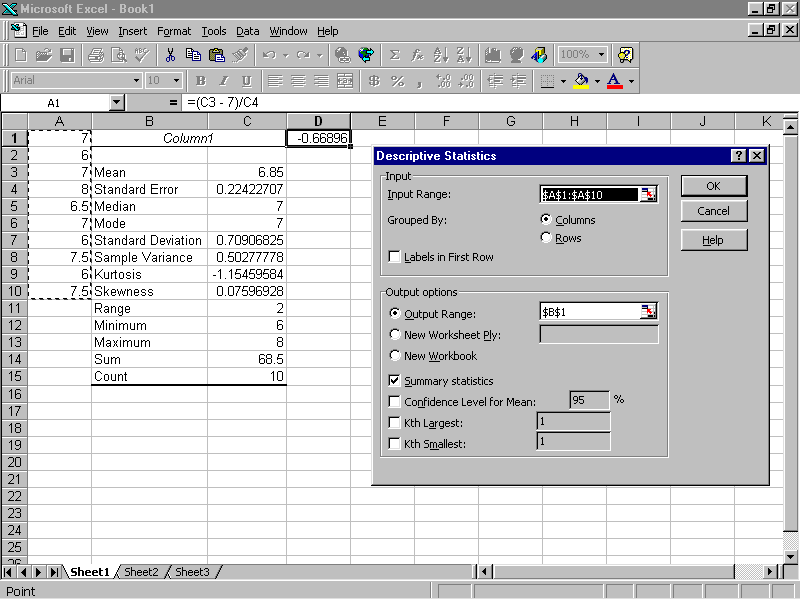

- Uses of microsoft excel in business scholarly source full#
- Uses of microsoft excel in business scholarly source free#
Users must have the Office Professional Plus version of the new Office to get full access to Excel 2013's BI capabilities through PowerPivot.
Uses of microsoft excel in business scholarly source free#
But be warned, it isn't free on Office 2013, so some SMBs might be better to stick with 2010. Microsoft has placed increased emphasis on business intelligence (BI) functionality in its latest Office suite upgrade.

"Therefore a dashboard should be considered as a launch pad for further exploration, providing a high level answer to 'Is everything OK?', 'Is there anything I should be looking at?'" Sticking with Office 2010 Good dashboards should allow you to click on a number, line or chart of interest, and see more details about the number you've clicked on, or see a detailed report He adds: "Crucially, the filters at the top of the dashboard allow you to customise what data you're looking at. However they usually combine charts, tables and Key Performance Indicators (KPIs)," says Alex Whittles, Business Intelligence Consultant at Purple Frog. "There's no such thing as a standard look of a dashboard, every one will be different, and tailored to the information being displayed. The dashboard in the picture shows SharePoint website usage activity, on a PerformancePoint dashboard, which is the Microsoft dashboard system within SharePoint. Users can also create a Pivot Chart on the Excel dashboard to visualise the data in a tabulate format (see picture). DAX is one of the most capable features as it can create a calculated column utilising functional equations, or create a measure in the pivot table, such as year to date of sales. Colour and conditional formattingĮxcel 'conditional formatting' is also useful as it can create a colour scheme or data bar.

They can connect to PivotTables, PivotCharts, and CUBE functions - which analyse the data in a hierarchical way - to create interactive dashboards. These are visual controls that allow users to quickly and easily filter data in an interactive way. This can also be customised in Excel using Slicers. PivotTable can be used to control what a company wants to analyse and by what measure. SMBs can maintain 'relationships' within the data and then create a dashboard. PowerPivot queries the database and retrieves the information, bringing it in-memory, where it is compressed and can then be accessed in full by Excel workbook, with a tab created for each element. The PowerPivot window sits inside Excel and allows users to import from the database users can write a 'query' which is able to extract specific data.

PowerPivot allows firms to bring data locally from the company database into Excel, putting the user in control of their own BI and adding the ability to customise it too. The interface is customisable and SMBs can pull real-time data from multiple sources. For example, an SMB may wish to display a product's sales revenue during a three year period in an easy-to-read format.Ī The dashboard allows firms to go to a single page for key performance indicators, consolidating and arranging numbers and metrics on one screen. Business intelligence dashboards are used to display data such as sales within a specific area during a set period, using graphs and tables.


 0 kommentar(er)
0 kommentar(er)
